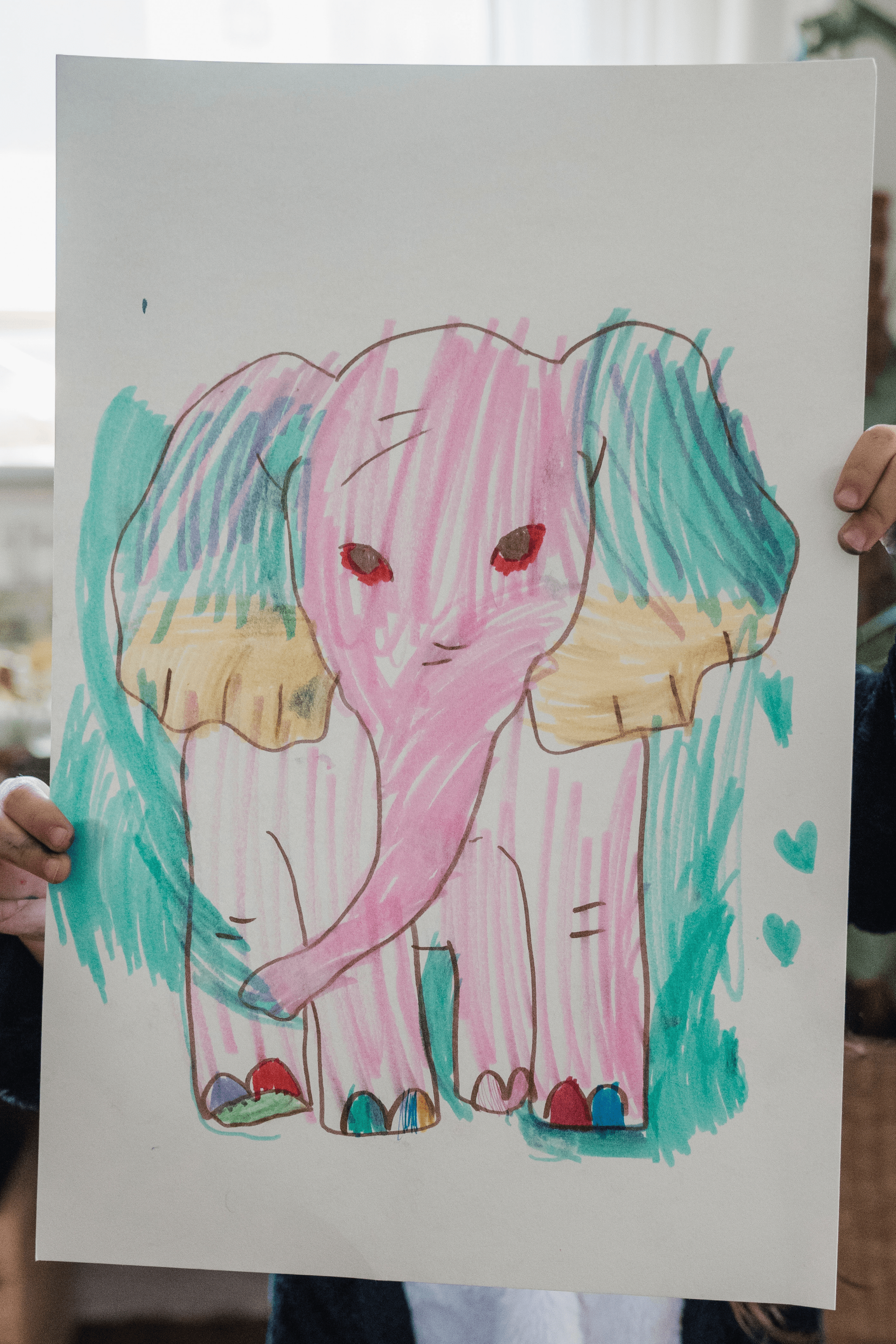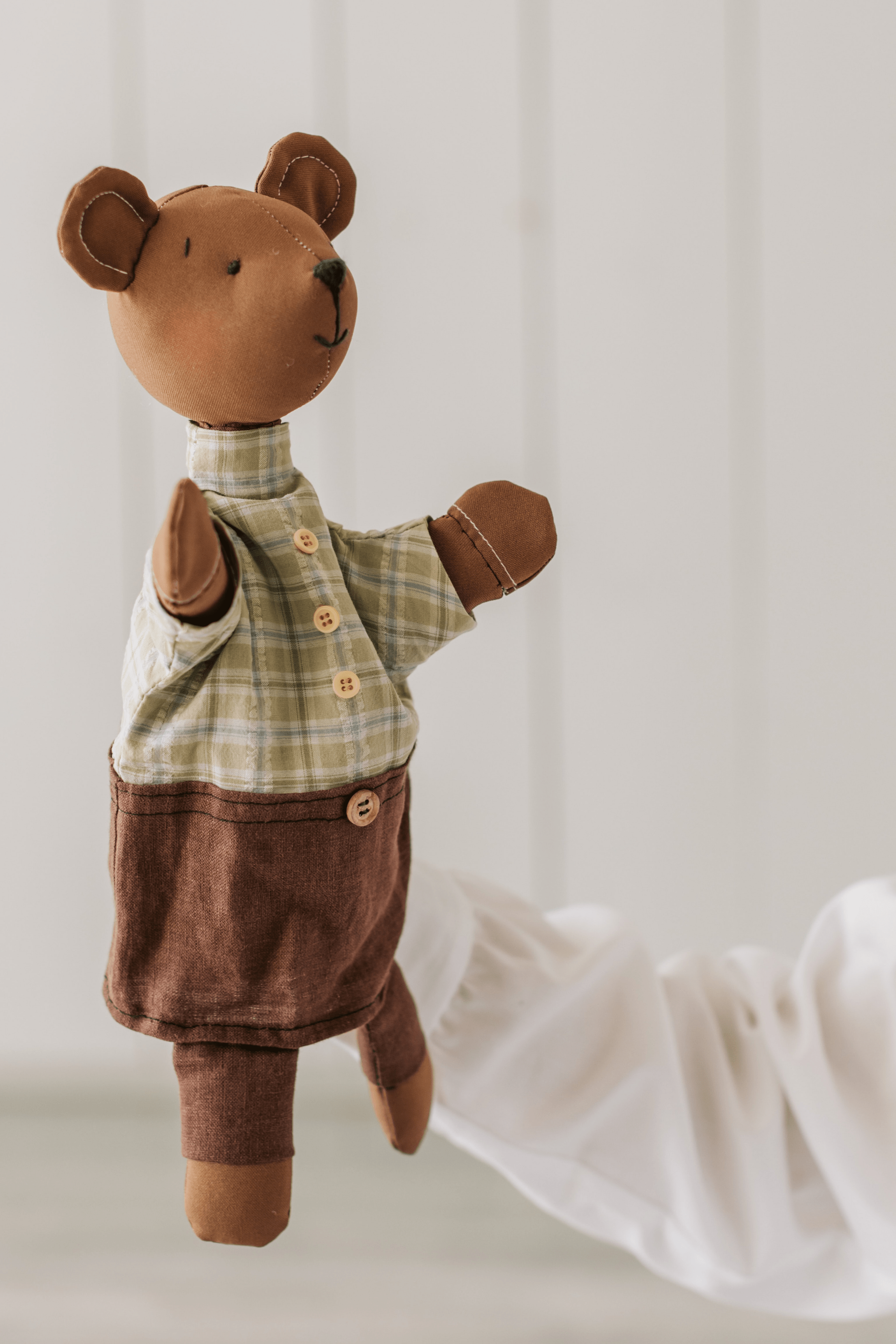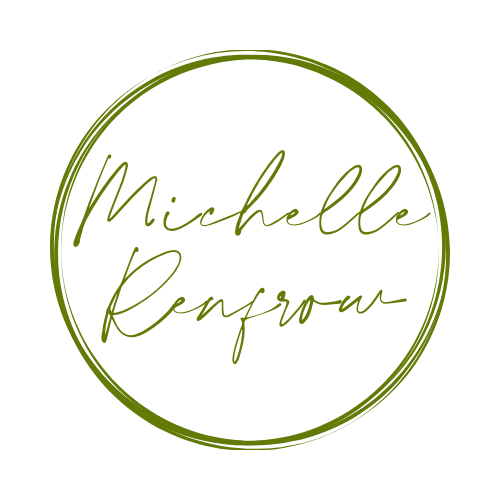What is Art therapy you ask? According to Wikepeida art therapy is, “a distinct discipline that incorporates creative methods of expression through visual art media.” Through the use of artistic methods one can treat certain psychological disorders and enhance a client’s mental health. Art therapy is a technique deep seated in the idea that creative expression can foster healing and mental well-being.
“People have been relying on the arts for communication, self-expression, and healing for thousands of years. But art therapy didn’t start to become a formal program until the 1940s.” Check out Wikipedia has to say about the history of art therapy.
So many times throughout history we have observed that people living with mental illness often expressed themselves in drawings and other artworks. For many practitioners and clients art has become an important part of the therapeutic universe and is used in some assessment and treatment techniques as well.
Art therapy has been used for helping people work through a crisis, a trauma or to work on self improvement. I use art as a form of therapeutic intervention with young clients who may have experienced trauma. For example, I have lived in Houston for over 20 years. I have been through every single flood we have had here. We have MANY people still traumatized by storms, floods, their personal story of how they survived a flood and sometimes our youngest clients have a hard time verbalizing their feelings. Art is a great way to allow for self expression, and taking back their lives in terms of processing their feelings in a safe way.
During the Holocasut there were several concentration camps with a large population of children. Theresienstadt is one example of such a camp. It is unusual to associate concentration camps with art therapy but it was widely used and it was very effective. In an article on the Yad Vashem website author Liz Elsby discusses an article about Friedl Dicker-Brandeis and her experience in the camps and how art was a valuable outlet for her and thousands of children like her.
“The starvation, illness and brutality of Theresienstadt, along with lack of stability and structure, put an enormous strain on the coping mechanisms of these children. They desperately needed direction and purpose, and Friedl was there to give them that.
Realizing that art could be a therapeutic tool to help children to deal with their feelings of loss, sorrow, fear, and uncertainty, Friedl set about teaching over 600 children with the enormous enthusiasm and energy that her friends, colleagues and students remember as being so typical for her.
Using the limited art supplies she had brought with her to the ghetto, she had her students explore various mediums such as collage, watercolor painting, paper weaving, and drawing. But her lessons were not designed merely to teach her students technique.
Rather, these different techniques became the means through which she taught her young students to dig below the facile to the deep well-spring of their feelings and emotions, and from that intimate place, to create. Through this intuitive method, a drawing of a flower vase on a windowsill, or the portrait of a child, would become something truly absorbed, deeply felt, sublime.

Theresienstadt, Czechoslovakia, A painting entitled “It’s Not in the Ghetto”, by Dority Weiser
It would reflect the child’s inner feelings – a window into their soul. In a lecture she gave in the ghetto in 1943 to explain her teaching methods, she declared that her purpose was not to train the children as artists, but rather to “unlock and preserve for all the creative spirit as a source of energy to stimulate fantasy and imagination and strengthen children’s ability to judge, appreciate, observe, [and] endure” by helping children choose and elaborate their own forms.”
Friedl respected the boundless imagination of children, and did not try to curb her students with adult restrictions, but tried rather to harness that imagination and let it move them. For Friedl, artwork represented freedom, and that freedom could take her students outside the boundaries of their prison, outside of the horror and oppression that was their daily reality.
One of Friedl’s few students that survived the Holocaust, Helga Kinsky (nee Pollak), recalls how under Friedl’s tutelage, the children did not depict the misery and horror that surrounded them, but rather that Friedl “transported us to a different world…. She painted flowers in windows, a view out of a window. She had a totally different approach…. She didn’t make us draw Terezin.”
Another surviving student, Eva Dorian said of her beloved teacher: “I believe that what she wanted from us was not directly linked to drawing, but rather to the expression of different feelings, to the liberation from our fears…these were not normal lessons, but lessons in emancipated meditation”
None of these attempts of art as therapy, of spiritual freedom through paints and paper, could change the dreadful reality that awaited the majority of the Jews of Theresienstadt. When Friedl’s husband Pavel was deported from Theresienstadt in late September 1944, she voluntarily signed up for the next transport, desperate to reunite with him.
But what was to become of her collection of the children’s precious artwork and her own beautiful drawings and paintings? Hoping that eyes more sympathetic than the Nazis’ would one day see them, she packed 5,000 pieces of artwork into the same 2 suitcases they had arrived in as raw materials in 1942, and hid them, to be found after the war.
Although Friedl herself did not sign most of the work she produced in Theresienstadt, she made sure that the children signed their creations with their name and age, a testimony to their identity, a document of their existence. These drawings and signatures are all that remains of most of Friedl’s 600 students. Apart from their ages and names, the overall majority will remain forever unknown, murdered in the gas chambers of Auschwitz Birkenau, starved to death in Theresienstadt or killed by the inhuman conditions of other camps.

Types of art therapy
There are many types of art therapy one can use. YOu do not have to be a licensed therapist to practice art therapy. Some of my favorite types of art expressive techniques are:
Collage– involved with cutting and pasting or otherwise sticking together a collection of self selected pictures that express the patient’s emotions, or that inspire them. It is less intense than a painting or a drawing, because it involves the collection and manipulation of already created items like word titles and magazine images.
Some people say this is an ideal job for patients who have difficulties making decisions or starting tasks, however I find that those with attention issues find the magazines overwhelming and get drawn into articles and other distractions and do not get too far in the process.
Collage gives patients a great sense of freedom and it also enables them to explore their creative side without the need to draw or paint. I will also offer pre printed key phrases or images that get them started and help the process along.
Drawing– Drawing is simply about making marks on a surface. Supplies used in drawing can include charcoal, pastels, paints, markers, pens, pencils, crayons, and some kind of medium to draw on like paper, canvas, wood etc…
Most clients find it easiest to use drawing supplies that they can use with very little frustration or instruction. There are no skills involved in drawing and it’s best to remind the artist that this is for them and no one else to see. Their art is not intended for production and aesthetics but for simply exploring their emotional aspects through creative art.
Painting– There are virtually no limits and rules to painting. I watched a child paint with colors and separation and intent and then when I thought the image was done, she began to blend the colors and mix everything up. I found it unusual and worried she would be worried her picture was “gone” But when she was done she said, “that was so much fun!”
She was working through a process that obviously had no image in mind but the actual practice of the moving of the brush across her canvas was what worked for her. Painting gives the people large amounts of freedom because they can paint whatever they want. It consists of creating images using a blank canvas, paper, wood or other bases that allow for the manipulating and constructing of images. In art therapy, painting can involve spray painting, watercolors, acrylic paints, oil paints or anything else on hand to put to paper.


Photography is used to integrate past images, memories, and digital manipulation of photographs. Patients can use photographs from their lives to assist in stimulating memories, and use digital technology to come up with a more positive framework.
Patients can also use smartphones to take pictures of different things, for example, people who love them, or images that they find pleasing and beautiful.
Textiles– Use of textiles is otherwise known as puppets and stuffed toys to name a few. This type of technique is good for those who may have any physical difficulties with fine motor skills that make using art supplies difficult.
This can also add another sensory element that involves “touch” with things like textures and softness that can help in providing a level of safety and comfort for the participants. Textiles also can help patients express themselves without the need to use pen and paper.
As you can see there are so many options for using art in your therapeutic experiences. It can enhance so many of your experiences.
Happy arting!
